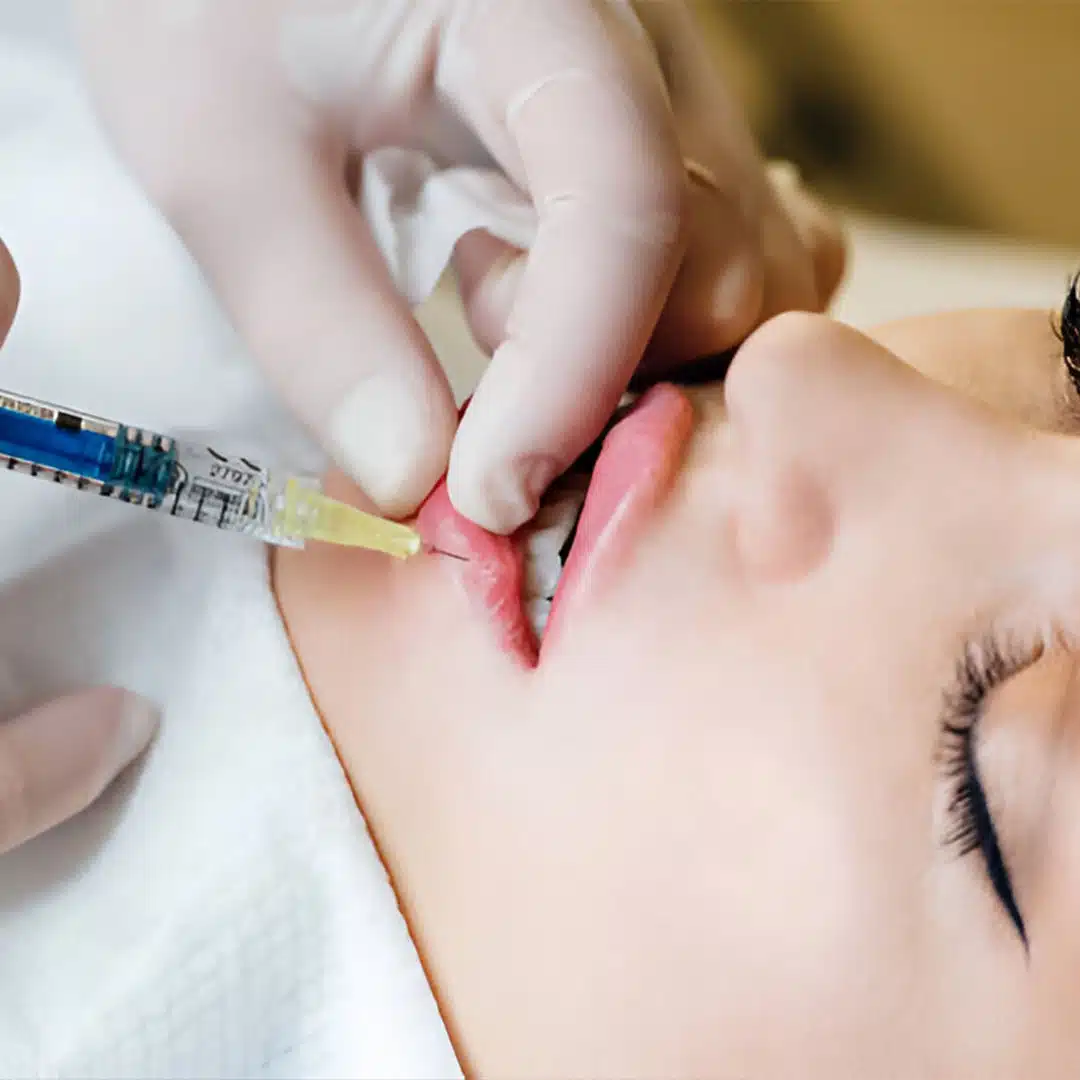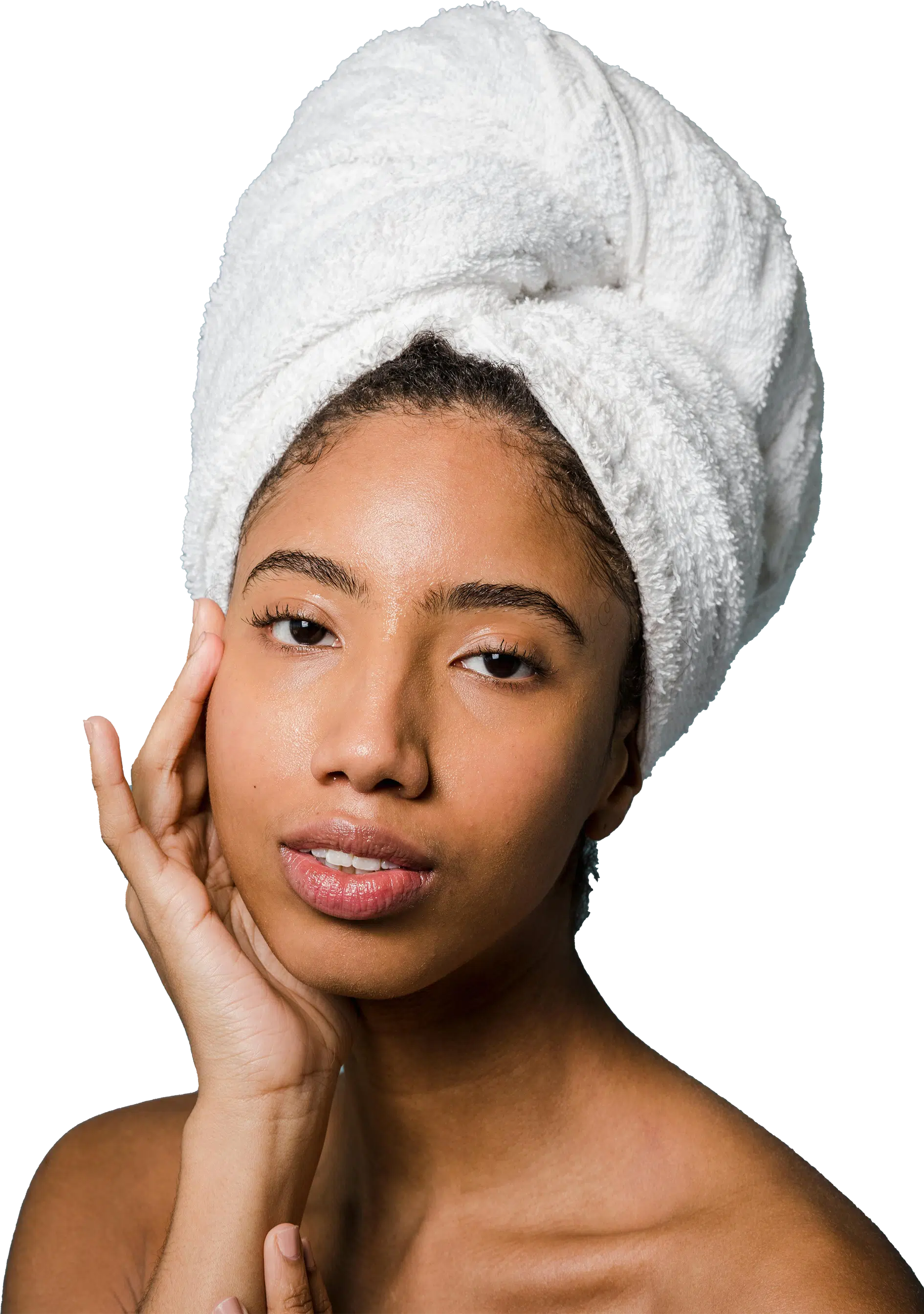Dysport and Botox are both popular neuromuscular blocking agents used for cosmetic procedures aimed at reducing the appearance of wrinkles and fine lines. While they share the same active ingredient, botulinum toxin type A, there are distinct differences in their formulation and results. Dysport tends to spread more easily across the treated area, which can be beneficial for larger treatment areas, while Botox is often favored for very specific areas. This difference can make Dysport a better choice for patients looking for natural, soft results in broader zones, such as the forehead or between the eyebrows.
When considering treatment options, the onset and duration of effects play a crucial role. Dysport may take a slightly shorter time to show noticeable results, often appearing within two to five days post-injection. In comparison, Botox might take about five to seven days for optimal outcomes. The duration of effect for both products can last anywhere from three to six months, depending on individual factors like metabolism and the area being treated. Patients should discuss their specific needs with a qualified practitioner, who can help determine the product that will yield the best results tailored to their goals.
Key Differences Between Dysport and Botox Treatments
Dysport and Botox are both popular neuromodulators used to reduce the appearance of wrinkles, yet they have distinct characteristics that set them apart. Dysport tends to diffuse more easily than Botox, which may lead to a more natural look, especially in larger treatment areas. This property allows for quicker integration into the targeted area, making it a suitable option for individuals seeking broader muscle relaxation. Conversely, Botox is preferred for treating smaller, more localized areas due to its lower diffusion.
When it comes to dosing, the units used for Dysport and Botox are not equivalent, so a careful assessment by a medical professional is essential to achieve the desired results. Dysport often requires a higher number of units than Botox to reach similar effects. The onset of results also varies, with some patients experiencing effects from Dysport within 24 to 48 hours, while Botox may take a bit longer to show improvement. Individual responses to these treatments can vary, influenced by factors such as skin type and muscle dynamics.



